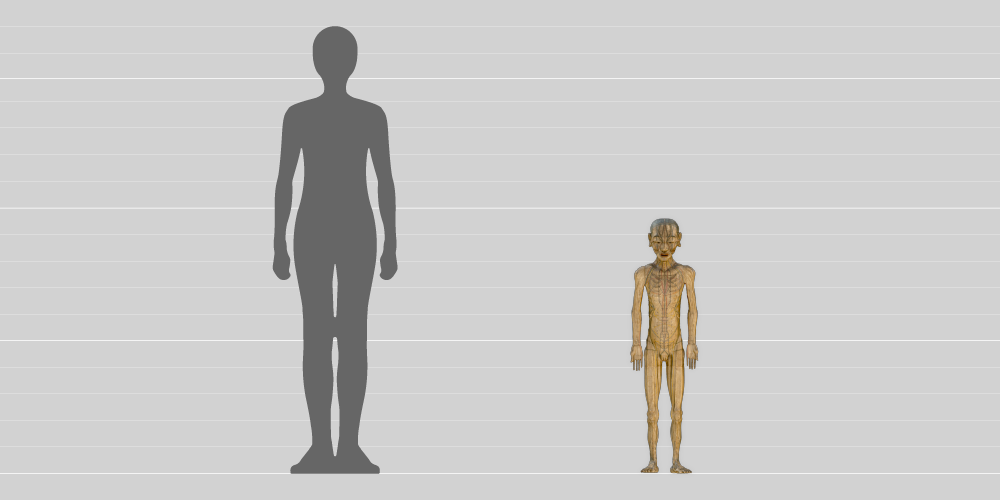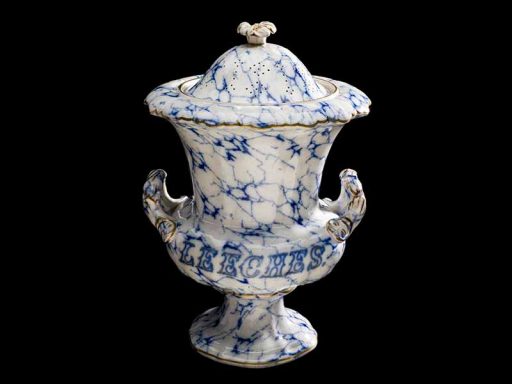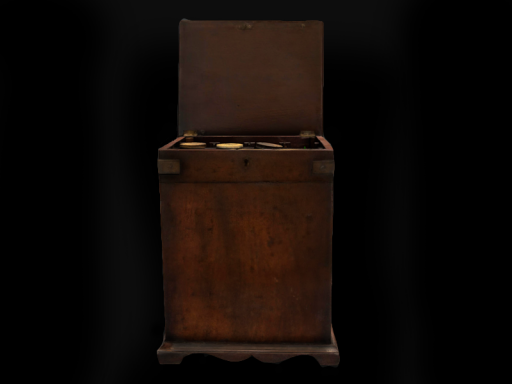
Curriculum links
About this object
This is a wooden acupuncture model made in Japan in 1681. It was probably used to train students of acupuncture, a part of traditional Chinese medicine (TCM). In acupuncture, practitioners insert fine needles into the skin of a patient, at precise positions called acupuncture points. The model shows these points, marked with Japanese characters, along lines called meridians, which are also shown on the model. Practitioners of TCM believe that a vital energy or life force, called qi (pronounced ‘chee’), flows along the meridians. They also believe that disease is caused by an imbalance of qi, and that inserting the needles can rebalance qi and cure disease.
Acupuncture today
Acupuncture is still widely practised across the world, especially for relief of pain. In the UK it is available on the NHS. Many people claim to find real benefit from receiving acupuncture, but it is not based on scientific understanding of the human body, and so far scientists have not found that it has any genuine effect.
Discussion questions
- Today, 1 in 5 acupuncturists are blind, with many of these practitioners claiming they are better at it. Does this surprise you? Why might it be surprising?
- Why do you think alternative treatments that aren't based on scientific evidence are offered on the NHS?



